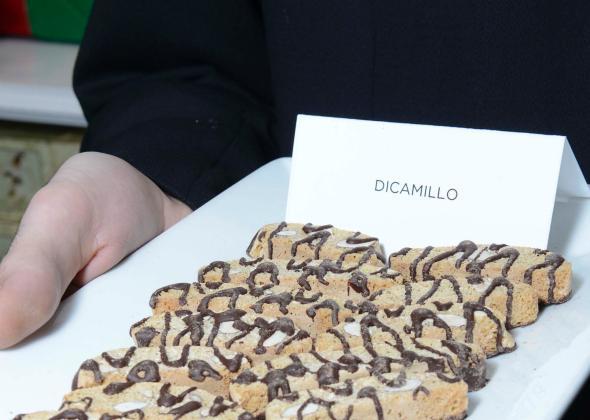This article originally appeared in Inc.
It’s hard to shake a handcrafted, locally sourced stick these days without hitting a new artisanal business. Demand for makers’ goods is booming; just look at online crafts marketplace Etsy, which helped artisans sell more than $1.4 billion worth of goods last year. That’s more than triple its 2010 sales.
The maker movement has been fueled by a new crop of entrepreneurs set on building their own futures, one carefully crafted product at a time. But expanding these detail-oriented businesses can be particularly tricky, whether you’re selling homemade pickles or hipster-friendly denim jackets. Too many small companies promise more than they can deliver and flame out early because they can’t meet demand or maintain their quality standards. But some makers have cracked the code on how to scale up while safeguarding their artisanal practices. This is what they’ve learned.
Pick the right partners
When Caroline Z Hurley got her first big order for her eponymous textiles at a trade show in 2011, she quickly found she wasn’t equipped to fulfill it. But a trip to India made her realize that the obvious outsourcing option would have created more problems than it solved: She doesn’t repeat patterns or sell enough to meet the large-scale minimums at the factory she visited, making long-distance production pricey and impractical. So Hurley hired a consultant, who eventually led her to a small factory in New Bedford, Massachusetts. The factory is staffed by expert weavers and embroiderers from Guatemala, whom Hurley trained in her textile printing methods. Now she visits New Bedford every three to four months to check on production, and to share the new designs that she creates back in Brooklyn.
Know your capacity
AHeirloom became one of the top sellers on Etsy in 2010, after it started selling wooden cutting boards shaped like the 50 states; each board is engraved with small details, like stars to mark individual towns. This customization helped AHeirloom break through—but after its boards made it into the New York Times and onto The Rachael Ray Show, co-owners and spouses Amy Stringer-Mowat and Bill Mowat realized they were stretched too thin.* “Our first Christmas we had to stop taking orders on December 5,” says Mowat, who has since streamlined his customization system and created a database of existing designs to save production time. “With the computer script, it takes 10 seconds to lay out 200 orders,” he says, “whereas before I drew everything in the drawing software.” He’s still cautious about selling more than he can make: “Know what you can do, and then stop after that.”
Tell a social media story
Andrew Livingston and his partners raised $16,000 on Kickstarter to help their menswear startup, Knickerbocker Manufacturing, take over the lease of a sewing factory in Queens. That historic factory and its decades-old sewing machines have become a big part of Knickerbocker’s social media story; the startup has an in-house photographer and brought in a cinematographer to produce short films, which are promoted on Vimeo, Twitter, and Instagram. Livingston says that social media focus has helped sales and especially Knickerbocker’s branding: “We market our process first, then the goods.”
Some bureaucracy can help
It may be anathema to makers of small-scale crafts, but an official standard operating procedure for all production processes is crucial. Joel Moskowitz, owner of manufacturer and online shop Tools for Working Wood, learned this the hard way. “When you have one person doing an operation and they leave, they take all their knowledge with them,” he says. Now the company keeps loose-leaf notebooks and electronic documents with step-by-step instructions for making everything. On the advice of employee Ben Seltzer, Moskowitz is also building an archive of every tool produced, for reference when designing later versions: “We’re creating a museum of everything we make.”
See also: Hack Into Instant Growth
*Correction, Oct. 30, 2014: This post originally misspelled the first name of Rachael Ray.
